Here are some helpful hints for breaking the code on lighting styles, including Modern, Rustic, Cottage, Contemporary, European and Traditional. These helpful hints will help you pin down the right lighting style for your decor.
Contemporary Lighting
Trendy – follows current designs trends Encompasses a refined and cosmopolitan design Versatile designs that meld into a wide variety of decors Drawing inspiration from a wide range of styles including: Swedish modern, Bauhaus, Art Deco, Country modern, the retro 50s look and more Usable art Sleek lines Clean geometric outlines Modern materials 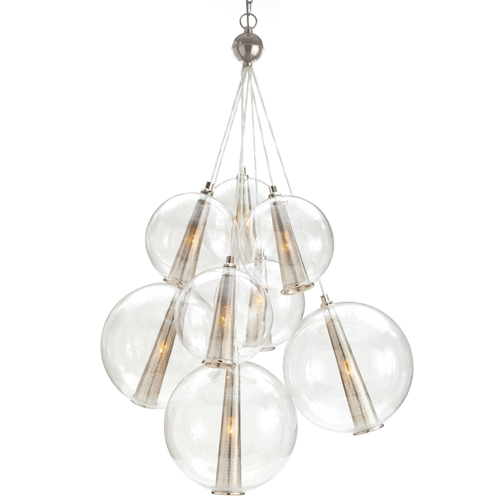
Contemporary Style – Photo: The Caviar 8 Light Adjustable Cluster by designer Laura Kirar and Arteriors
Cottage Lighting:
Evokes a light and breezy feel by way of airy fabrics and light materials. Emphasis on nautical or beach-themed accessories such as lighthouses and seashells Rustic elegance meets country with raw, rough hewn woods, inviting fabrics or cozy plaids Worn leathers mixed with stone and other natural elements Floral, checked and striped vintage fabric patterns Sometimes handmade with a rustic quality Wood, handmade pottery, baskets and hand-forged metal to name a few Includes antiques with a history to them A washed look or finish A feminine look, with lush rose patterns, extensive uses of greens, reds, pinks and blues Characteristics of an English Country home 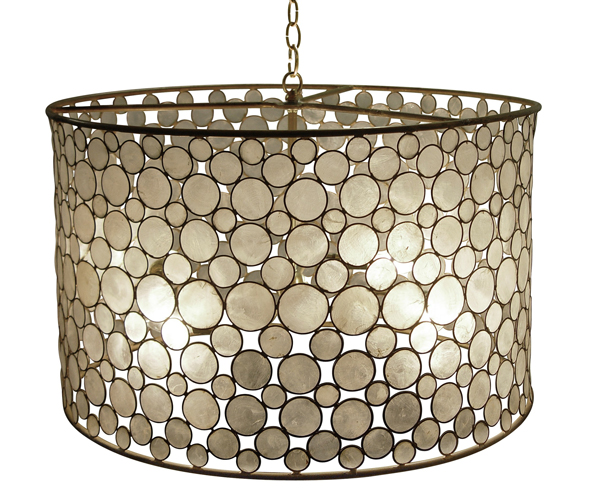
Cottage Style – Photo: The Serena Drum Chandelier by Oly
European Lighting:
Ornate, fanciful and decorative style Rich details and extensive use of gold, bronze and gilt Intricately patterned fabrics, colorful mosaics, metal lanterns, textured components, bold, and jewel-toned colors Luxurious fabrics and ornately-carved wooden accents Relies heavily on the building blocks of design including color, pattern, texture and composition A multitude of fabrics: patterned, textured, solids, sometimes all three Colors range from rich, sun-drenched Mediterranean hues to softer, muted shades 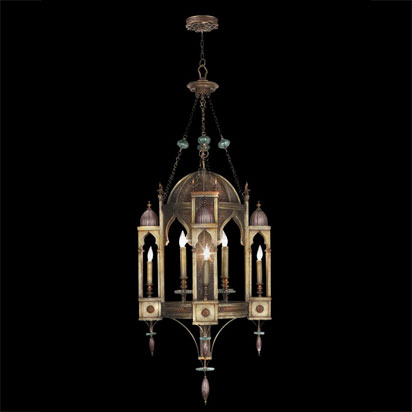
European Style – Photo: The Byzance Chandelier by Designer Mark McDowell and Fine Art Lamps
Modern Lighting:
Very clean lines, simplistic, functional with natural shapes Often geometric without any fancy detailing Minimalist designs Popular from 1933 to 1965, this era was marked by simple, informal, and eye-catching lines—an extension of Frank Lloyd Wright’s principle of organic architecture. Mid-century elements Characterized by the 50s and 6os and the Rat-Pack days in Palm Springs, CA Scandinavian designers and architects were very influential at this time Pops of deep colors such as orange, yellow, olive green and chocolate brown add to decor Characterized by a neutral color palette, polished surfaces, strong geometric shapes and asymmetry 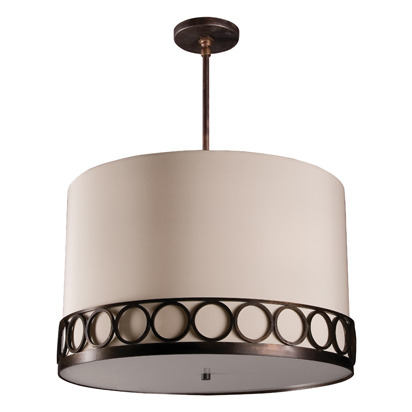
Modern Style – Photo: The Skygarden Pendant by Designer Marcel Wanders and Flos
Rustic Lighting
Natural elements Stone Hand scraped wood Natural fabrics Simple in form, without extraneous decoration Often showing the way pieces and materials were put together 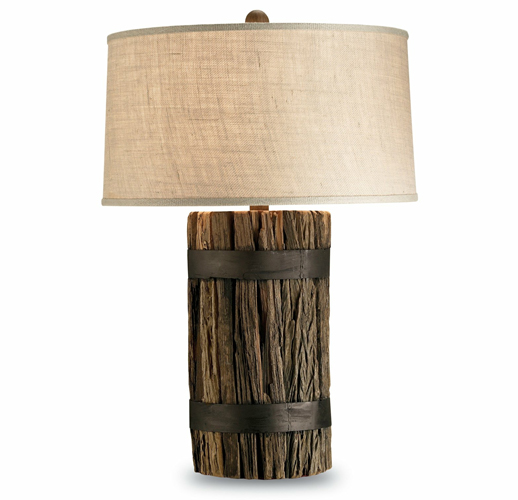
Rustic Style – Photo: The Wharf Table Lamp by Currey & Company
Traditional Lighting
Furnishings are usually 18th-century English, 19th-century neoclassic, French country and British Colonial revival A strong use of classic styling and symmetry to create a calm, orderly decor Color palette is usually in the mid-tones Fabrics are muted, usually simple florals, solids, stripes or plaids 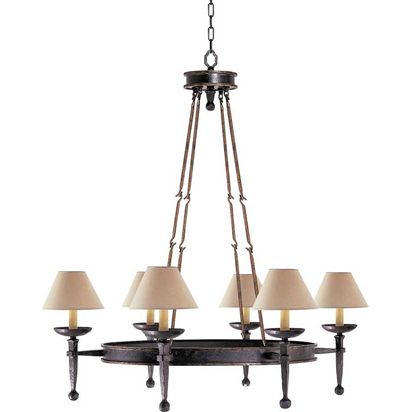
Traditional Style – Photo: The Oval Ring Torch Chandelier in Weathered Iron by Currey & Company
Transitional Lighting
A blend of traditional and contemporary Subtle color pallets Soft wood tones Combining innovative concepts of today with the top trends of the past Uses minimal accessories 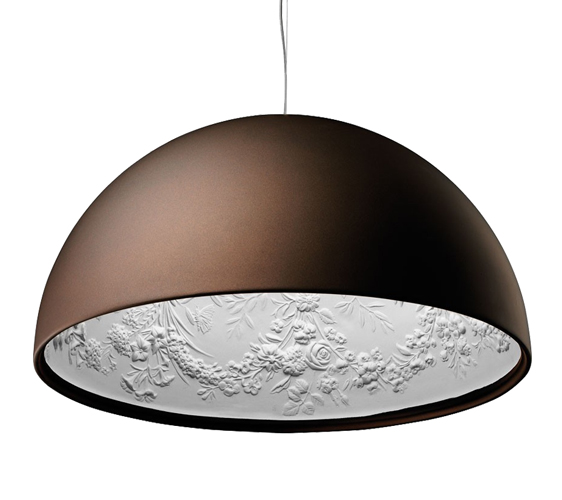
Photo: The Skygarden Pendant by Designer Marcel Wanders and Flos For more information on finding the right lighting style for your decor visit Lightopia or call us toll free at 877-559-7516.
Sources: HGTV.com Interior Design Magazine





